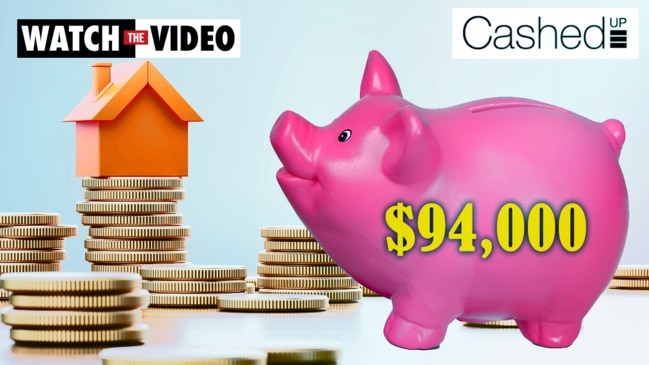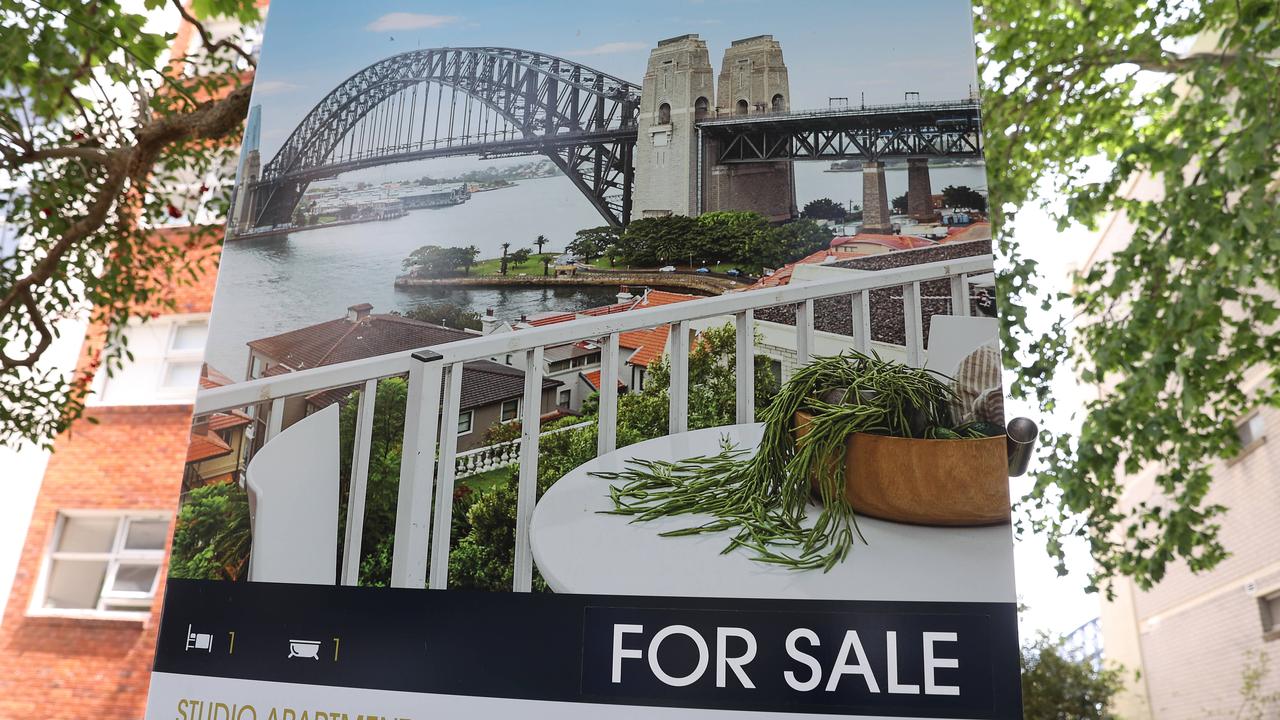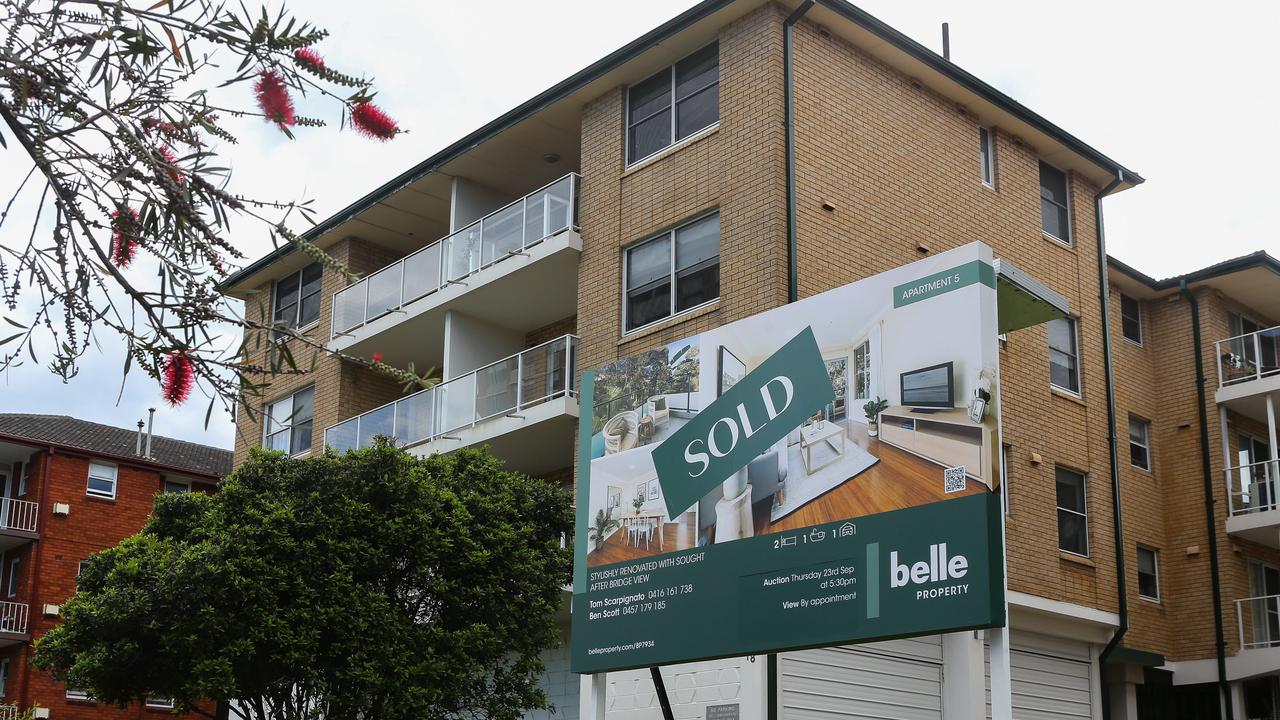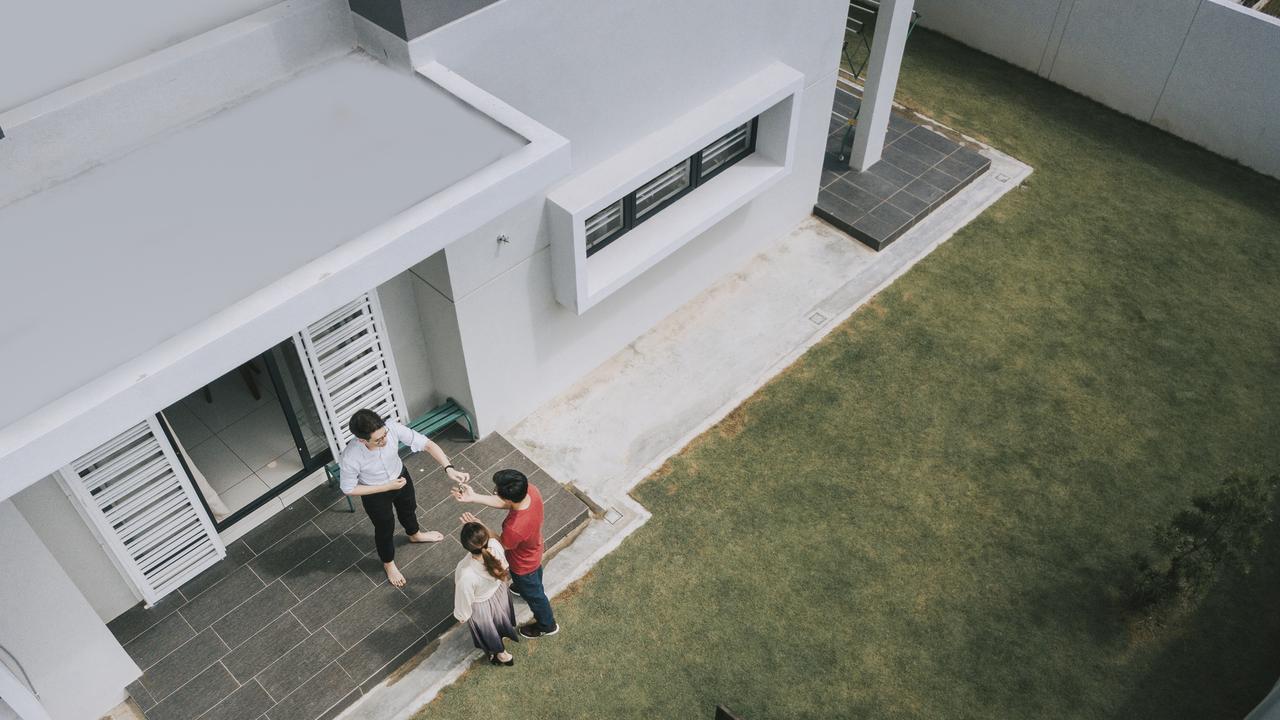Tax trick to get a $1 million property for $8000 a year
Buying a $1 million investment property can seem daunting but there’s a perfectly legal way to pay just $8000 a year for it.

In Australia, property isn’t only the best performing investment class over the last couple of decades – it’s also something that can deliver you serious tax deductions and help you cut your tax bill while you build wealth.
Many people are fearful about buying an investment property, and they’re right to be cautious. Buying property does come with risks that are important to be managed, but managed they can be.
The result can be an investment that fast-tracks your asset building and accelerates your pathway to financial freedom.
Owning an investment property isn’t nearly as expensive as most people think, especially after you factor in the available tax benefits, with statistics showing the average cost of a $1 million investment property is $8114 per year.
While owning an investment property does generally come with a cost, on the flip side, you benefit from owning an asset that grows in value over time.
Over the last 150+ years the average growth rate on Australian property has been 6.3 per cent, meaning on the same $1 million property, the value increase should average out to be $63,000 every year.
The implication is that owning this $1 million property will cost you $8114 per year but delivers annual growth of $63,000, meaning that the net benefit to you (benefit less costs) works out to be $54,886 each and every single year.
In this piece I wanted to unpack what drives these numbers so you can see how this might work for you.

Initial costs of buying a property
When you purchase a property in Australia there are some costs to get things started. You’ll need to pay stamp duty which varies depending on which state you purchase your property in, then there’s building and pest inspections, and legal costs for managing the registration of your purchase.
These costs on average equate to around 5 per cent of the property value, which on a $1 million property means $50,000 in initial purchase costs. (This will be higher for states where stamp duty is higher.)
Ongoing costs of buying a property
When you own an investment property you’re on the hook for some ongoing costs. You’ve got strata for apartments and townhouses, or council rates for houses, water rates, insurance costs, property management fees, repairs and maintenance.
These costs tend to average out around 1 per cent of the property value, so for a $1 million property this equates to $10,000 each year in ongoing costs.
Then you’ve got your mortgage interest costs, and depending on how your loan is structured you may also be paying principal repayments reducing your debt over time.
According to data from Finder.com.au, the average variable mortgage interest rate in Australia is 3.23 per cent. Using an online calculator we can calculate based on a 30-year mortgage of $1,050,000 you’d have to cover annual mortgage interest costs of $33,915.

You should note this assumes you borrow the entire amount of your property purchase plus the initial purchase costs of 5 per cent to make a total loan of $1,050,000, and is based on interest-only mortgage repayments to show the true costs.
Based on your situation, you may choose to take out a principal and interest loan where you pay down the debt over time. Taking this approach will increase the ‘cashflow’ cost of running an investment property.
But you should keep in mind that paying down debt is essentially the same as saving money, being that any principal repayments reduces debt and therefore increases your net asset position – meaning it’s a little unfair to include them as an actual expense.
But, if you’re playing along at home, the average principal repayment amount on a mortgage is around 2 per cent of the property value – so on a loan of $1,050,000 this means principal payments of around $21,000 each year.

I wanted to also call out that borrowing the full property purchase price as well as your costs is only possible if you’re either using equity from another property, or going down the path of the family guarantee or guarantor loan.
The reason the entire amount has been included in this example is to show you the full costs of the entire purchase. If you purchase a property with a cash deposit it will mean your loan is smaller and mortgage repayments will be less than the figures above.
Financial benefits of an investment property
When you own an investment property the benefits are twofold. You’ll get an income return through the rent paid by your tenants, and receive a benefit from the growth in value of your property over time.
According to CoreLogic, the average gross rental income on property in Australian capital cities at June 2022 was 3 per cent. On a $1 million property, that would be around $30,000 per year.
When looking at property growth over time, Westpac data shows the growth return on Australian property since 1870 has averaged out to 6.3 per cent annually. Noting that this data is from 2019, and with the property price rises since then the numbers would likely be significantly higher.
Property costs are tax deductible
When looking at the costs of running an investment property there’s a kicker. If the expenses on your investment property are more than the income you receive, you can claim this amount as a tax deduction at your marginal tax rate.
Based on Australian marginal tax rates, if your annual taxable income is above $45,000, your marginal tax rate + Medicare levy is 34.5 per cent. This means that for every dollar your investment property costs you, you’ll receive a tax refund of $0.345. If your income and tax rate is higher, you’ll receive even more back at tax time.

This helps to reduce the after-tax cost of running your property as it essentially gives you back at least a third of whatever you pay.
So how much does an investment property cost?
Bringing together the numbers above I’ve outlined the expected average costs and benefits of owning an investment property.
Purchase costs:
Property value: $1,000,000
Purchase costs at 5 per cent: $50,000
Total funds needed: $1,050,000
Ongoing income:
Gross rental income at 3 per cent: $30,000 p.a.
Ongoing expenses:
Ongoing property expenses at 1 per cent: -$10,000
Mortgage interest: -$33,915
Total costs: -$43,915
Cashflow cost/net income: -$13,915
Tax refund at 34.5 per cent: +$4800
Net holding costs after tax: $8114
Property growth
Average annual growth at 6.3 per cent: $63,000 p.a.
Net result
Based on these figures, we see annual property holding costs of $8114 per year and growth of $63,000, meaning the average net annual benefit is $54,886 per year.
Calling out that these figures are based on a number of assumptions, and the past doesn’t necessarily predict the future. But that being said, you can see from the substantial annual benefit that there is plenty of room for you to still end up ahead even if some of the numbers aren’t quite as strong as outlined above.
The wrap
Buying an investment property is something that can seriously accelerate how quickly you get ahead. But it does come with risks that are important to manage.
You need to be prepared for higher interest rates, be aware that property prices can have ups and downs from year to year, and set yourself up so you’re never forced to sell a property at a time that isn’t right. This means that solid planning is critical so you get the results you want when you invest with property.
But when you get this right, it can fast-track your money success and go a long way to setting up the future you want.
More Coverage
Ben Nash is a finance expert commentator, podcaster, financial adviser and founder of Pivot Wealth, and author of the Amazon best-selling book ‘Get Unstuck: Your guide to creating a life not limited by money’.
Ben has just launched a series of free online money education events to help you get on the front financial foot. You can check out all the details and book your place here.
Disclaimer: The information contained in this article is general in nature and does not take into account your personal objectives, financial situation or needs. Therefore, you should consider whether the information is appropriate to your circumstances before acting on it, and where appropriate, seek professional advice from a finance professional.






